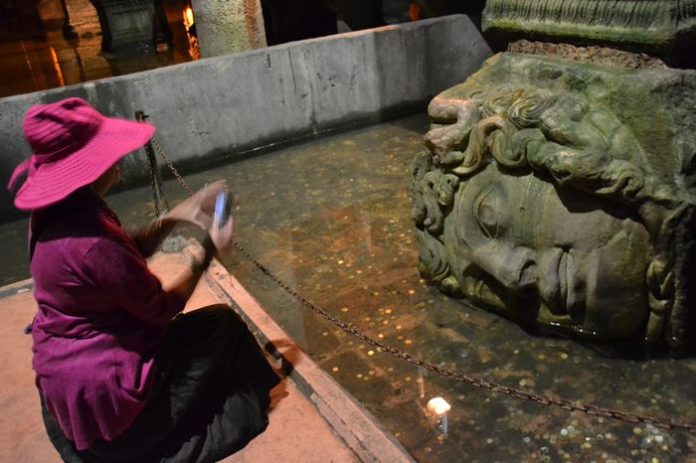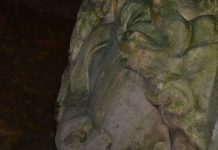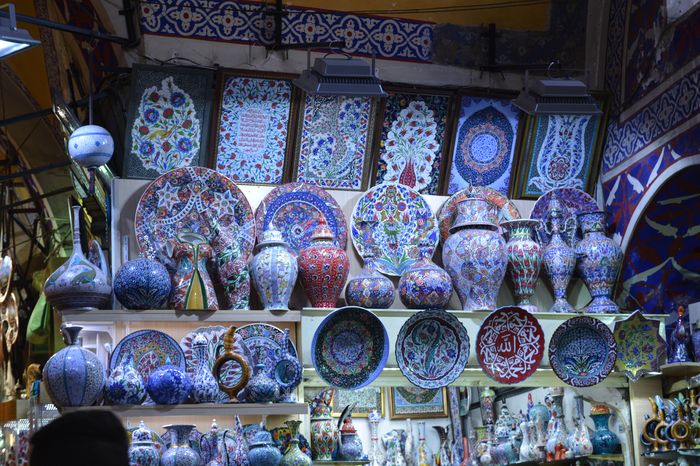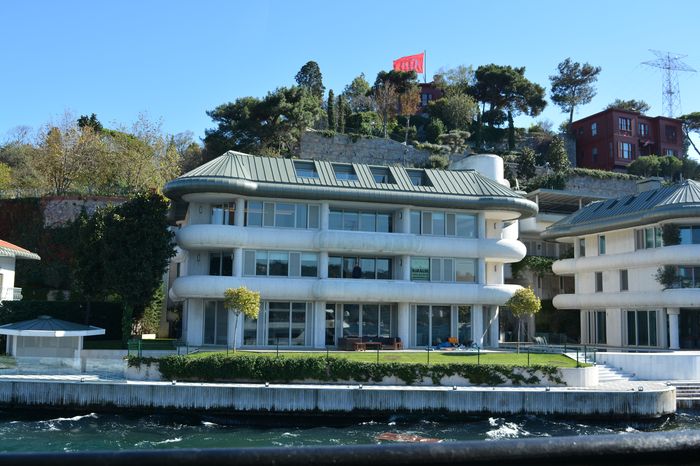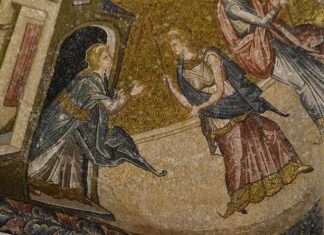Unveiling Ancient Ruins
Binbir Kilise, also known as the “1001 Churches,” is a remarkable archaeological site situated on Mount Karadag. This area is adorned with numerous churches, monasteries, houses, basilicas, chapels, tombs, cisterns, and military constructions, dating back to the 4th to 9th centuries AD.
Manazan Rock Caves A Byzantine Settlement
The Manazan Rock Caves, carved into limestone and scattered along the route to Ta§kale, served as a significant settlement during the Byzantine Period. These caves, once inhabited by humans, stand as a testament to ancient craftsmanship and architectural ingenuity Unveiling the History of Canhasan Pottery Museum.
Preserving Religious Heritage
Amidst the ruins, several notable religious structures have endured the test of time. The Qe§meli Church, located in the city center, along with the Derekoy (Fisandon) Church, which now functions as a mosque, and the Ye§ildere Church, remain intact, offering glimpses into the region’s religious past Guided Turkey Tours.
Historical Transitions From Byzantine to Seljuk Rule
Throughout history, Laranda experienced shifts in dominion, witnessing occupations by Arabs in the 8th and 9th centuries AD. Despite these invasions, Laranda remained under Byzantine sovereignty until the emergence of the Seljuk period.
The Rise of Karamanogullari
Following the Mongol invasion and the subsequent disorder in Anatolia, Karamanogullari, a prominent Turkmen tribe originating from the Av§ar tribe of the Tukmen (Oguz), seized the opportunity to establish their rule. Led by Kerimuddin Karaman, son of the Turkmen sufist Nure Sofi, the Karamanogullari principality was founded in 1256, marking the dawn of a new era in Anatolian history.
Struggles for Independence
The Karamanogullari principality, bolstered by volunteers and guided by a vision of independence, gradually expanded its domain. By 1308, they dominated Konya and its surroundings, laying claim to the legacy of the Anatolian Seljuk State. Their relentless pursuit of political unity in Anatolia led to prolonged conflicts with the Mongols, culminating in their emergence as a dominant force in the region.
Legacy of Karamanogullari
In the early 14th century, Karamanogullari emerged as the strongest principality in Anatolia, boasting control over a vast territory stretching from Karaman to Bey§ehir. Their influence extended to key cities such as Konya, Sivas, Kayseri, Adana, and Antalya, shaping the geopolitical landscape of Anatolia for generations to come.
